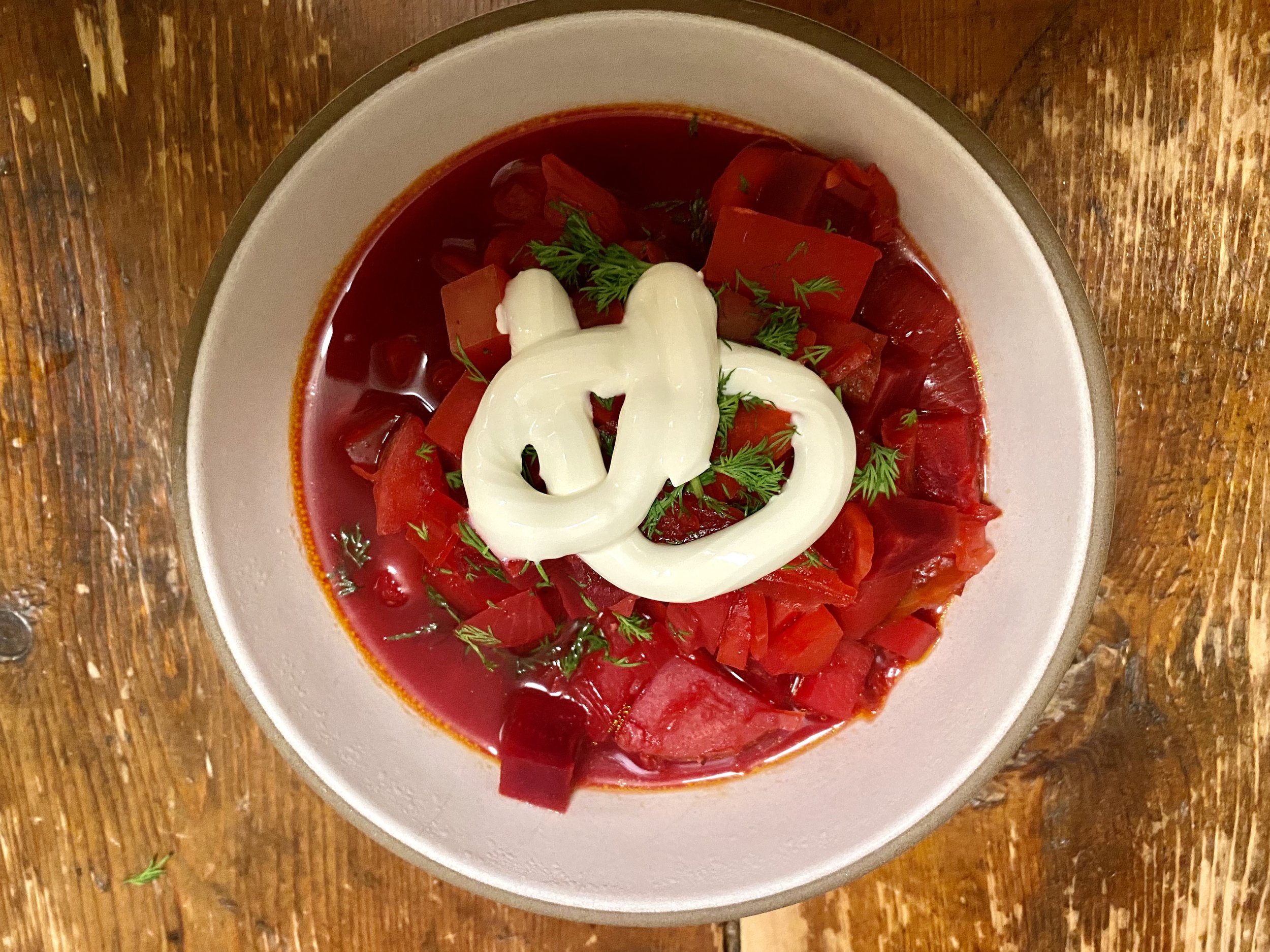This is one from the archives! Mom and I made this Thai curry frequently for an easy, quick, and incredibly delicious weeknight dinner. The whole family craves this; I have many memories of aching for it in the hours before 6pm, when mom promised dinner would be ready. Well, 6:15, to be more precise, as mom often was.
A couple of notes:
Curry paste is cheaper and tastier if you buy it at your local Asian market.
Looks like mom topped it with basil here. While not required, it looks fun!
Picture taken by mom
Thai Curry
INGREDIENTS
1.5 tablespoons yellow curry paste
1 can coconut milk
3 tablespoons fish sauce (or vegan alternative)
2 tablespoons brown sugar
⅓ cup chicken or vegetable broth
1 package extra firm tofu
vegetables of choice (peppers, onions, eggplant, tomatoes, carrots, celery,
zucchini, chard, spinach, whatever you like—HBs like:
1 onion,
1 sweet potato
3 long carrots
1 red pepper
Salt to taste
Rice prepared to your liking
INSTRUCTIONS
Prep: Place the tofu on and cover with paper towels and let sit for at least ten minutes to remove some of the liquid. Chop vegetables into uniform, bite-size pieces.
Start: Stir together curry paste and coconut milk in a large sauté pan over medium heat and simmer for 5 minutes. Then add fish sauce, brown sugar, and chicken broth to the coconut and curry mixture. Stir until combined. Add chopped vegetables, add some pinches salt, and cover the pot. Simmer for fifteen minutes or so, until tender crisp or to your taste. If using, you might want to add the red pepper 7 minutes later than everything else.
While everything is simmering, cut the tofu into 3/4-inch squares. Once the vegetables are cooked, add the tofu to the pot for a few minutes, just long enough to warm it. Taste and add more salt if needed. Serve hot over rice and savor the deliciousness.
Mom’s notes: This is a convenient dish for when the refrigerator is overflowing with vegetables, or there is a meat shortage, or your beloved vegan cousin is coming over for dinner. Even before the girls left behind their “I hate vegetables stage,” they loved to eat this.




























